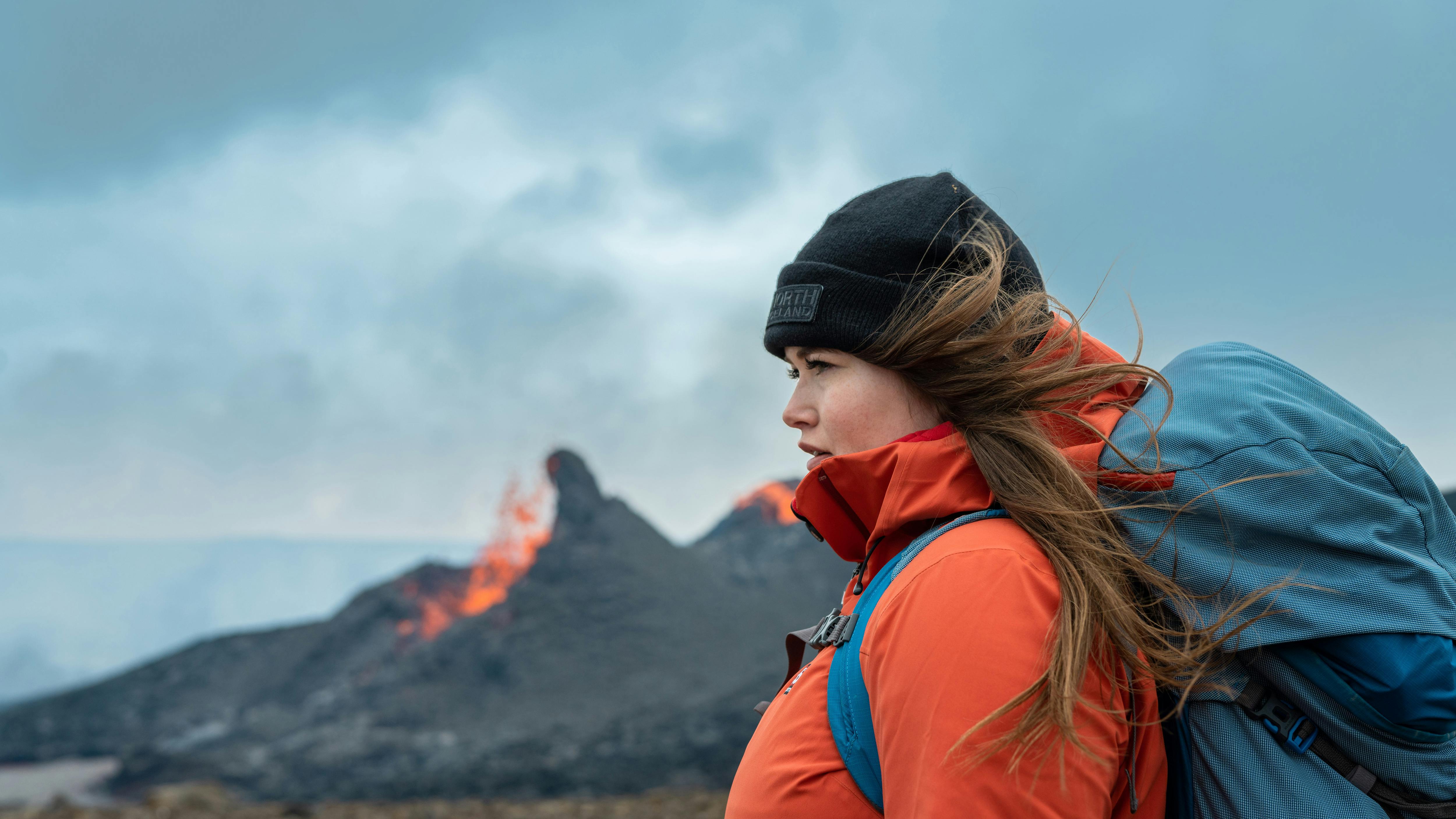
Helga Kristín Torfadóttir
What a time to be a volcanologist!
Helga Kristín Torfadóttir is a volcanologist and a PhD candidate. She has been monitoring the eruption on the Reykjanes peninsula.
My name is Helga Kristín, and I am a 28-year-old geologist. Currently, I'm studying for my PhD degree in volcanology and petrology, where my main focus is to understand how the volcano Öræfajökull in southeast Iceland is structured from within and how the magmas behave in that gigantic volcano. My love for science and nature has been a part of me since I was a small kid, where my main passion started out with dinosaurs and planets. As a teenager, I then realized a subject called geology. There all my interests are combined in one place. I always remember the feeling I got in the first geology class I took, where I realized that this is where I am meant to be. I love the outdoors and new adventures, and I bring my camera gear everywhere I go. Geology has opened up several opportunities, such as when I tested out the newest spacesuit (designed by Michael Lye) that will be used for the first manned mission to Mars. I am proud to say that I am the first person in the world to have ice climbed in a spacesuit!
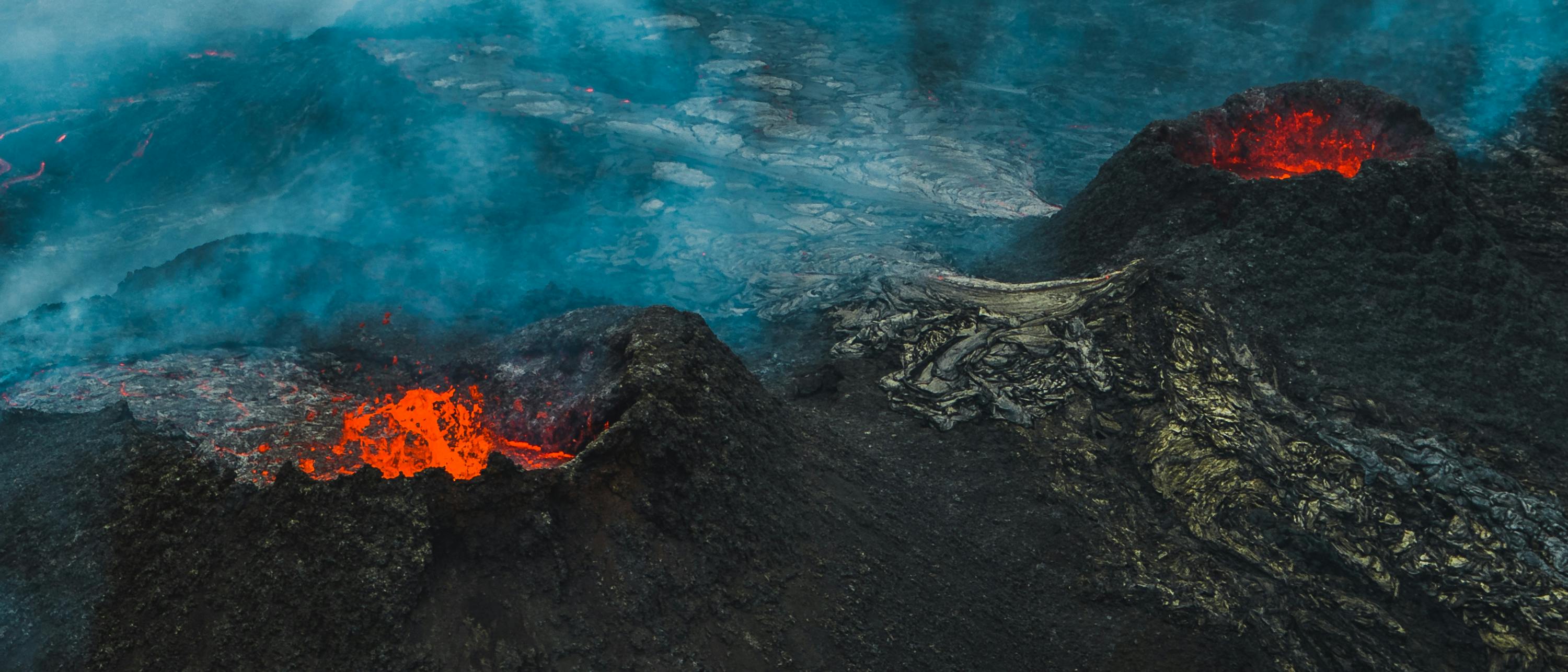
I recently started an Instagram page called @geology_with_helga, where I share my adventures and explain and teach the geology involved. As a geologist, I know that our country is full of surprises and that an eruption could go off at any second. Thus, the ability to stay organized and to multitask is crucial... especially when you get an eruption basically in your backyard.
.png?auto=compress%2Cformat&fit=crop&ar=1921%3A830&cs=tinysrgb)
The eruption in Geldingadalur is 30km southwest of Reykjavík.
Iceland is called the land of fire and ice for a reason.
Here, the majestic glaciers encounter Earth's interior, making Iceland unique and with a complicated geological setting.
If we look at the big picture, Iceland is a landmass located on the Mid-Atlantic Ridge. The mantle plume that provides us with molten material from below is the reason why that landmass even exists on the ridge. But as the submarine Mid-Atlantic ridge extends on land, things get complicated. With oceanic ridges, two tectonic plates move apart. Here the North American Plate and the Eurasian plate are separating, creating fissures, faults, and elongated volcanic systems on land as the separation creates weaknesses in the Icelandic crust. It is easy to trace the plate boundary through the country by following the mountain ridges and the fissures.
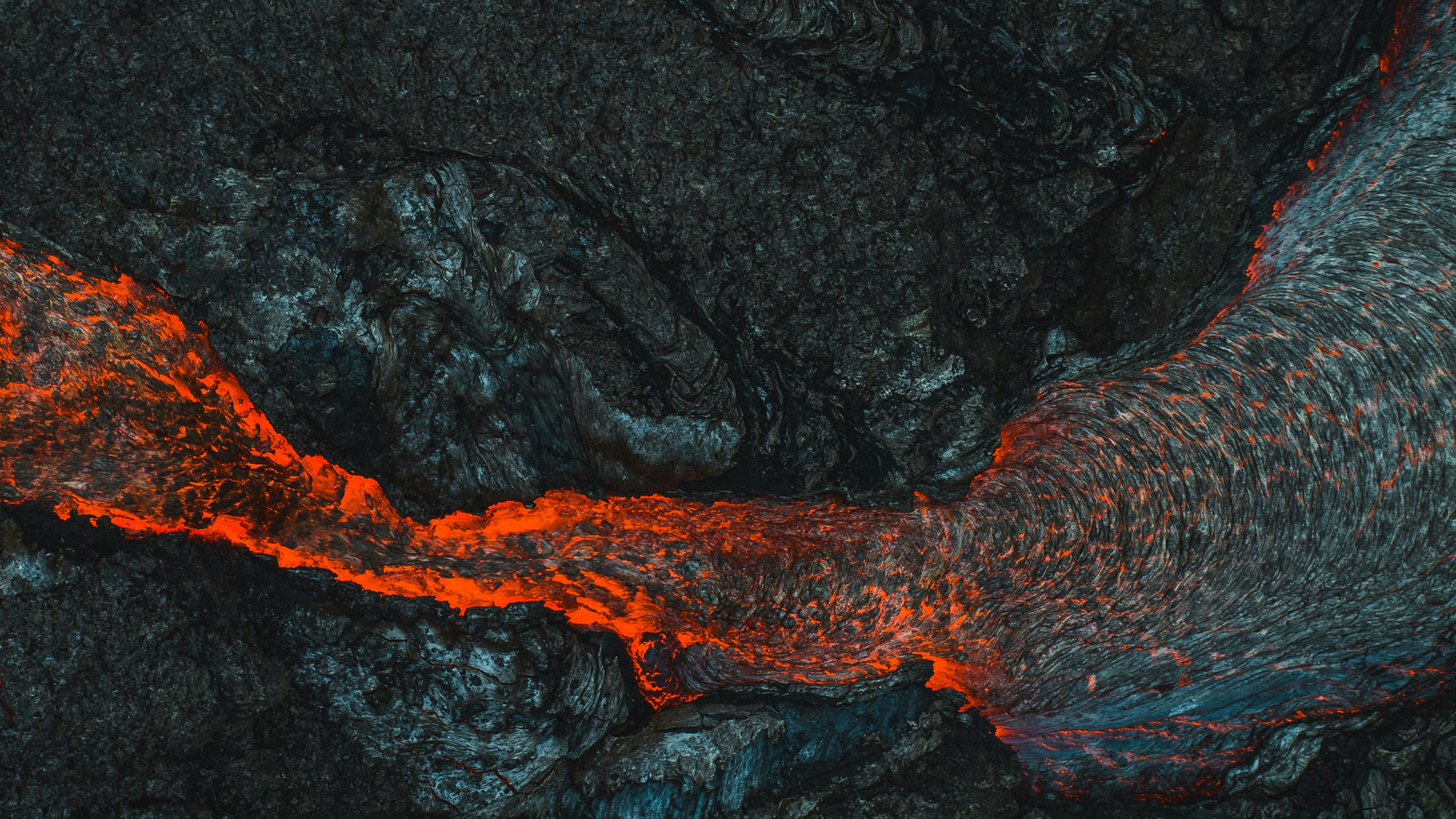
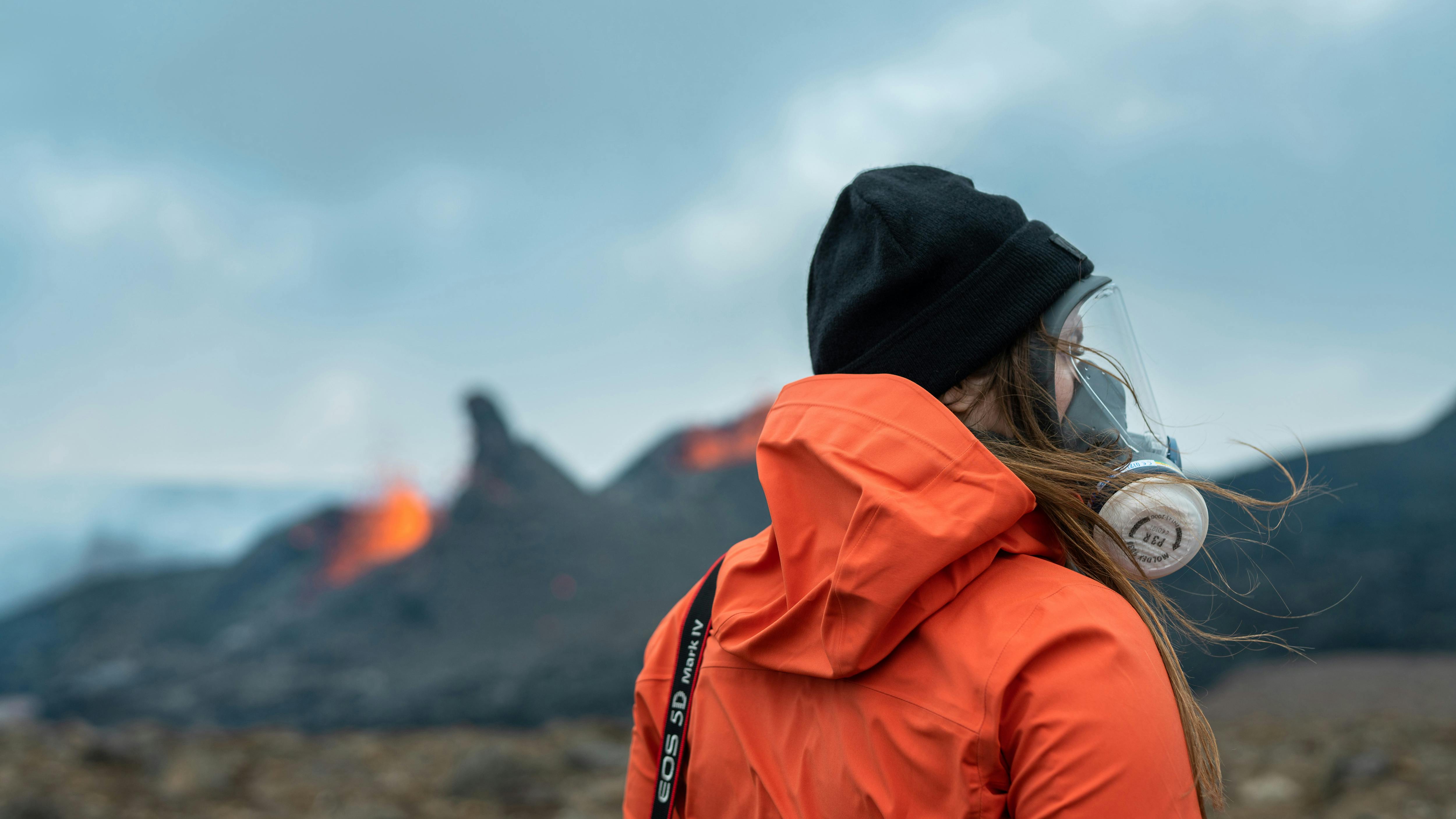

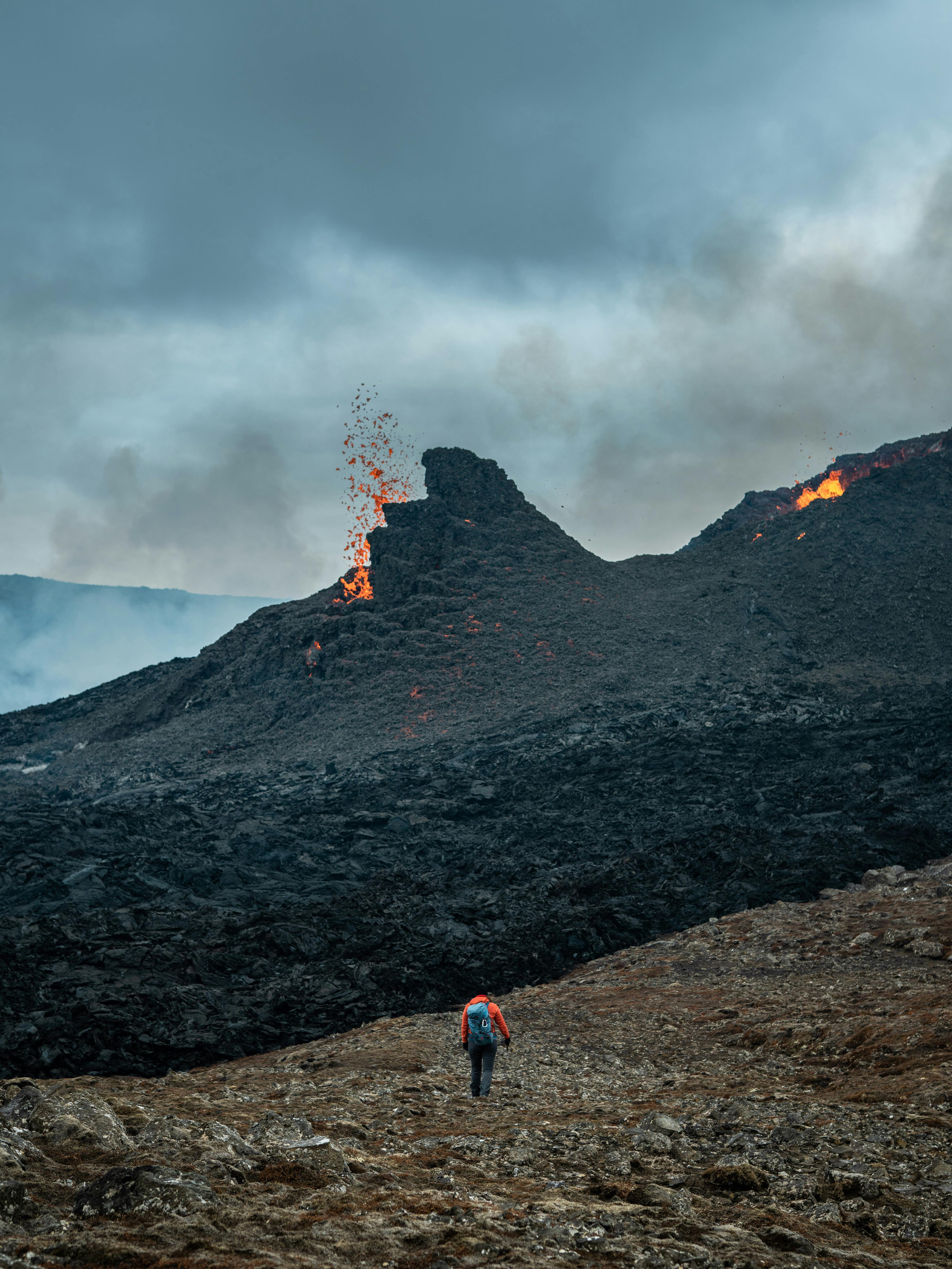
As the ridge extends upon land at the Reykjanes peninsula, these weaknesses are easy to see. Thus, six elongated volcanic systems are present on Reykjanes. The geological history indicates that once one system awakens there, the other ones follow. Therefore, with the onset of the current eruption, we might be entering a new volcanic period on the peninsula where we will see several eruptions in the future on the other systems.
Now the biggest question is, for how long will the ongoing eruption last? That's the tricky question because we cannot know for sure what is going on down there. For example, we know more about the Moon's surface than we know of our own ocean floors. The short answer to that question and the classic one is that no one knows for how long this or any eruption will last! The more advanced answer is that this could last for decades or even centuries. There is both geochemical and geophysical evidence suggesting that this might end up as a shield eruption. There are several old lava shields (or shield volcanoes) on Reykjanes, but we have not had an eruption like that in 7000 years.
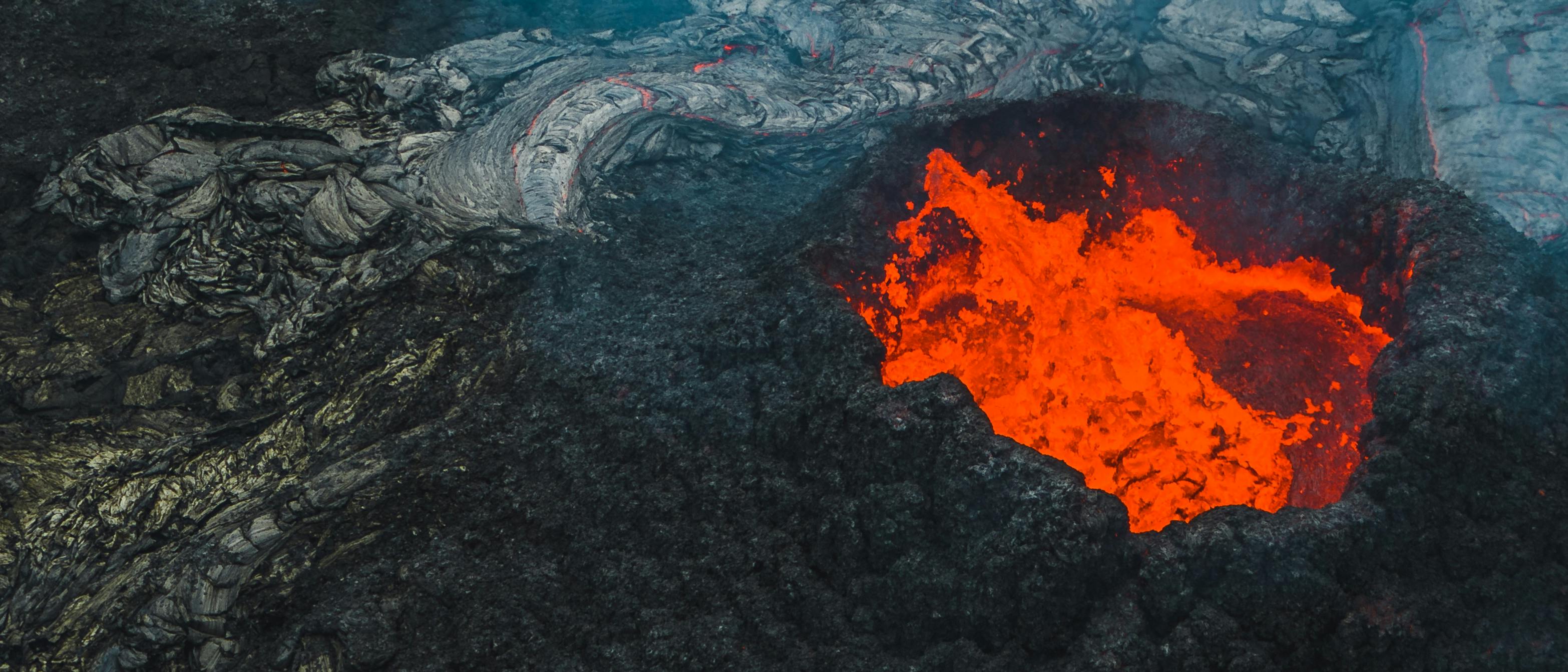
This eruption could last for decades or even centuries.
Sheild volcanoes are incredibly voluminous and are eruptions that could last for 30, 40, 50, or even 150 years, which is a long time on a human scale! We have many shield volcanoes all over Iceland that are a few thousand years old and were formed after the last glaciation ended around 10-11 thousand years ago. Famous shields are Skjaldbreiður, Trölladyngja, and Ok, for example, and Kilauea in Hawaii.
Lava shields take up a lot of room and volume, but they are pretty innocent looking from afar because of their gradual 8° slope. But don't let that deceive you because from their base up to the top, they can be quite tall and often over 1000 m. The largest known shield is on Mars and is called Mt Olympus. It is 21 km high, and theoretically, you wouldn't even notice that you were hiking up the mountain.


If we go back in time to the peak of our last glaciation was some 25 thousand years ago, a large glacier covered Iceland. The size of that glacier was 210 thousand km2, but the size of Iceland's landmass is 103 thousand km2. So yes, this large glacier was way more extensive than the country itself. Just imagine all that heavy weight and pressure on the cust, making it very challenging for magmas in the crust to reach the surface. As our last glaciation then ended some 10-11 thousand years ago, all that heavy weight was lifted from the crust as that glacier started to retreat. With that enormous weight gone, it took a lot of pressure of magma sitting in the crust, which resulted in a lot of volcanic activity, and thus, a lot of shields were formed in the ice-free environment. We also know that the magma in the ongoing eruption originates from a relatively deep source at around 20 km depth in the crust, which is at the boundary where the mantle meets the oceanic crust. Thus, there is a possibility that this eruption will have plenty of material to work with and is not nearly finished. The chemical composition of this eruption is also very similar to the compositions of the older shields on Reykjanes.
This eruption could, of course, stop at any moment, but since we are expecting that this could end up as a shield, the ongoing eruption could turn off and on with intervals. But it is too soon to tell.
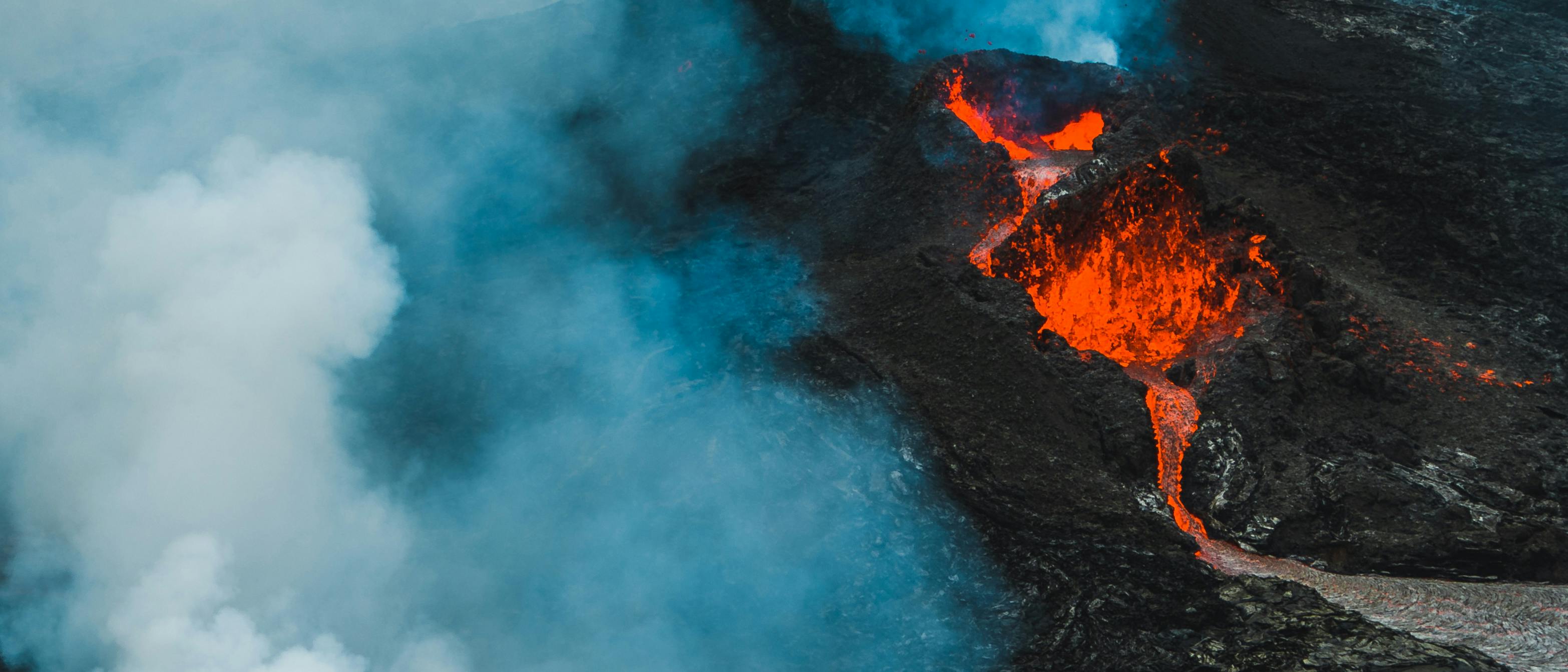
The big question is, why now?
Even though a lot is suggesting that our current eruption might end up as a shield volcano, the big question is, why… why now? It's not like we are lifting a glacier of Reykjanes now. Maybe it's just time for a shield, as simple as that.
While the uncertainty remains, it is essential to enjoy the eruption and admire all the forces Mother Nature offers. Although we seem to have an idea of how she thinks, she is still full of surprises.
What to wear
Visiting the Volcano
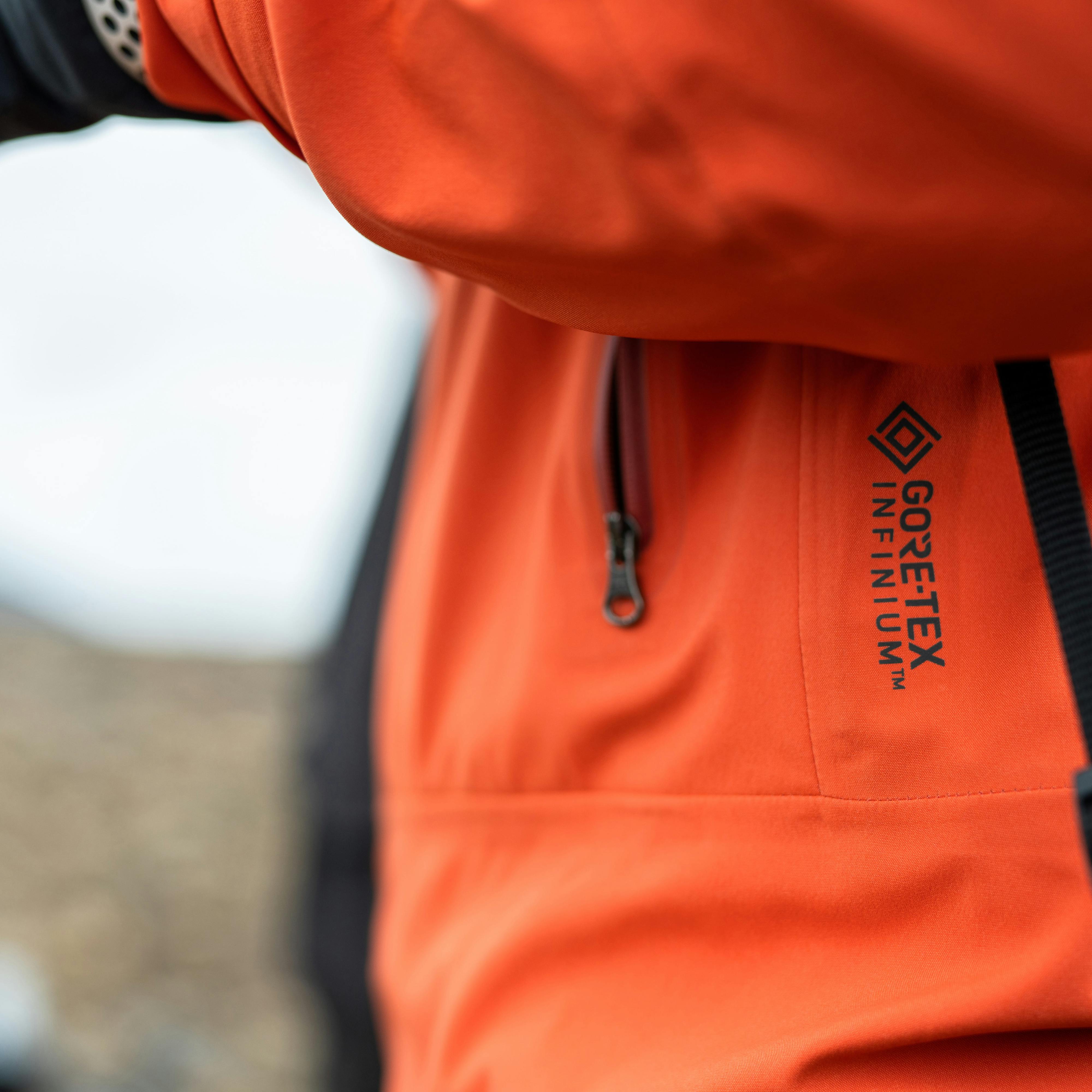
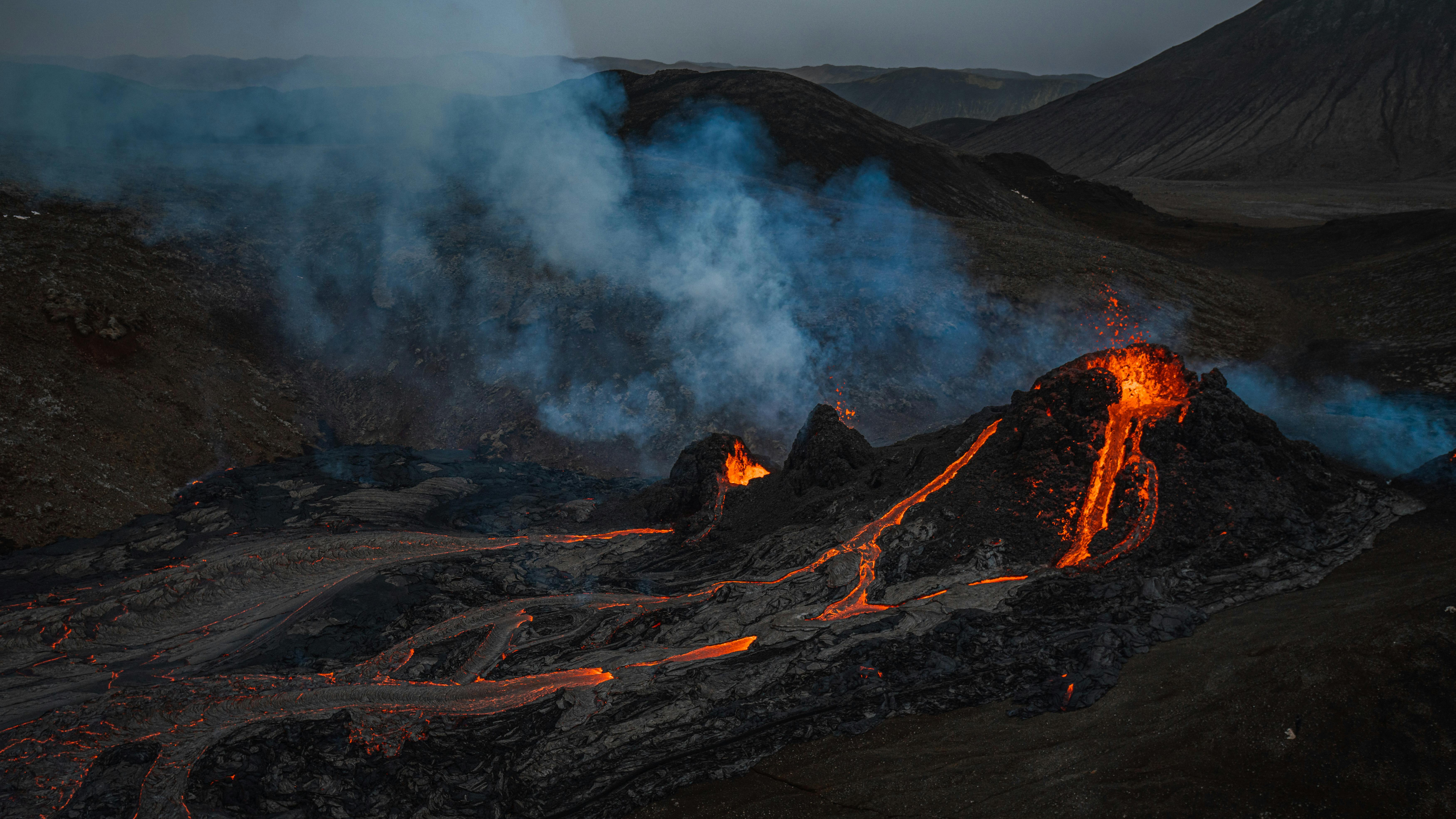
A volcano erupts
For the first time in 800 years, a volcano erupts in our capital's backyard.
